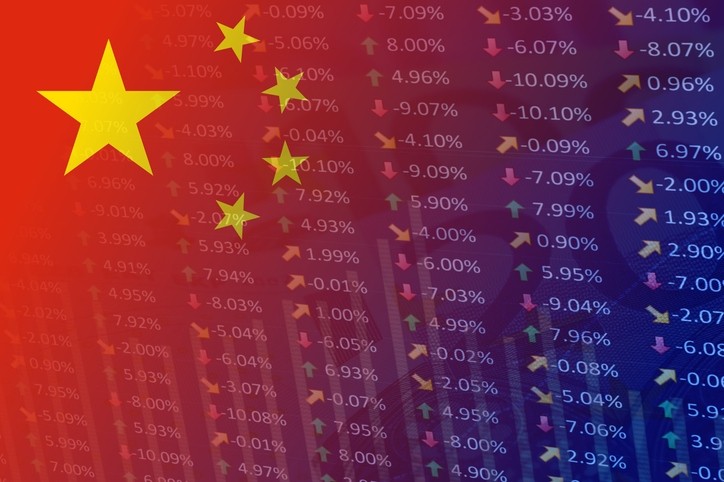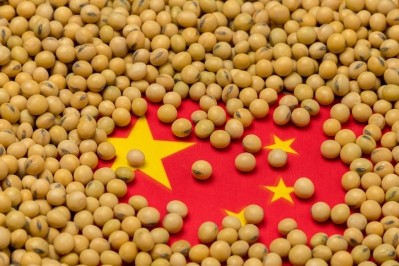China’s cuts to neighbors’ soybean tariffs unlikely to alter US exports

The Chinese Ministry of Finance announced Tuesday that China was moving forward with plans to cut tariffs for several nearby countries to zero on specific products starting July 1. The plan was initially publicized in March as part of the country’s commitments in the Asia-Pacific Trade Agreement.
When implemented, the decision drops the import tariff rates on soybeans from 3% to zero and reduces the 5% tariff on soybean meal for South Korea, Sri Lanka, Laos, Bangladesh and India, according to the statement. The full list of goods seeing reductions in import tariffs also covers more than 8,500 items, including poultry, pork, beef products, feathers, bone meal, salmon, tilapia, shrimp and other agriculture and feed products.
However, the initial result from the change in tariffs is expected to be small, said John Baize, analyst with the US Soybean Export Council and president of John C. Baize and Associates. “The impact of China imposing zero tariffs on imports of soybeans, soymeal, rapeseed, rapeseed meal and fish meal from South Korea, Sri Lanka, Laos, Bangladesh and India will be minuscule.”
“Korea, Bangladesh and Sri Lanka are net importers of soybeans and or soymeal and Laos grows practically no soybeans,” he told FeedNavigator. “India does grow about 12-14m metric tons [MT] of soybeans annually, but it exports less than 300,000 MT of soybeans and about 1.5 MT of soymeal.”
Currently, the majority of the soybeans exported from India are rated as non-genetically modified or organic and are sent to Europe, he said. “About 25% of its soymeal exports also [are] non-GMO and go mostly to Europe.”
Implications for the export marketplace
As new tariffs have been announced between the US and China there has been concerned voiced from US soybean producers regarding what the increase in tariffs would mean for the industry.
The announcement on June 15 that the Trump Administration would be moving forward with a 25% tariff on $50bn in products from China under Section 301 of the Trade Act was seen as a move that heightened trade tensions, the American Soybean Association said at the time. Soybean producers have relied on trade with China and exported about $14bn in soybeans there in 2017.
The Chinese government has said that if those tariffs are put in place on July 6, they will respond with a corresponding 25% import tariff on $50bn in good from the US, including soybeans.
The US administration responded June 18 with the suggestion that such an action would prompt it to consider a 10% tariff on an additional $200bn in goods imported from China.
“Soybean prices are declining as a direct result of this trade feud,” said John Heisdorffer, president of American Soybean Association (ASA), at that time. “Prices are down almost a dollar and a half per bushel since the end of May – and continue to plummet. That represents a loss of more than $6bn on the 2018 soybean crop in less than a month.”
However, looking at the long-term export market it does not appear that the drop in import tariffs on feed ingredients and other products for the group countries is likely to cause much change, said Baize. “China will still need to import close to 20m MT of soybeans from the US annually to meet its import requirements even if it is able to import all of the soybeans imported from Brazil, Argentina, Paraguay, Uruguay and other countries,” he added.
Additionally, the change in location for imports from China has the potential to open or expand markets for US soybeans or soy feed ingredients, he said. “The US would be exporting larger quantities to countries that are now importing from those countries.”
“The net impact on US soybean exports would be relatively small,” he said of the drop in regional tariffs.












